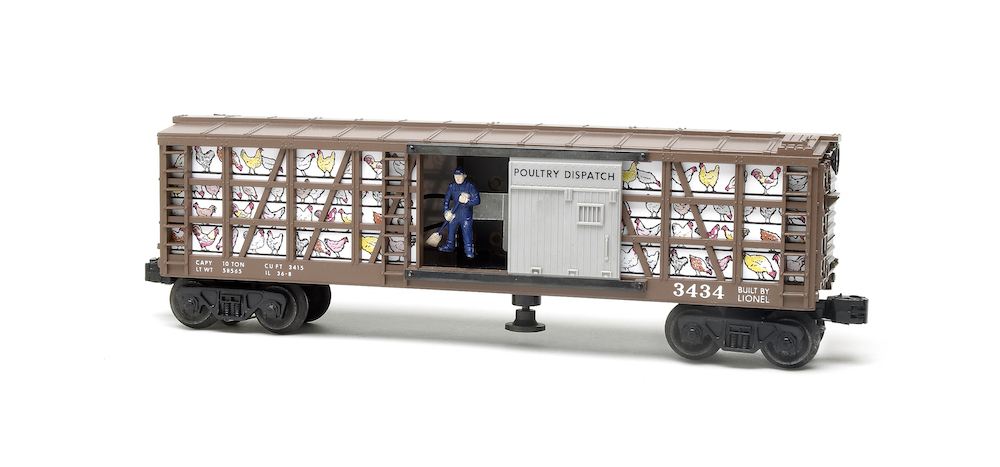
I have two modern Lionel operating cars based on the postwar No. 3434 Poultry Dispatch Car. One, the No. 29825 Postwar Celebration version of the 3434, has the figure suspended on the operating arm between two springs. On the other, a No. 16739 Looney Tunes Foghorn Leghorn Poultry Car, the operating arm appears to have […]
Read More…
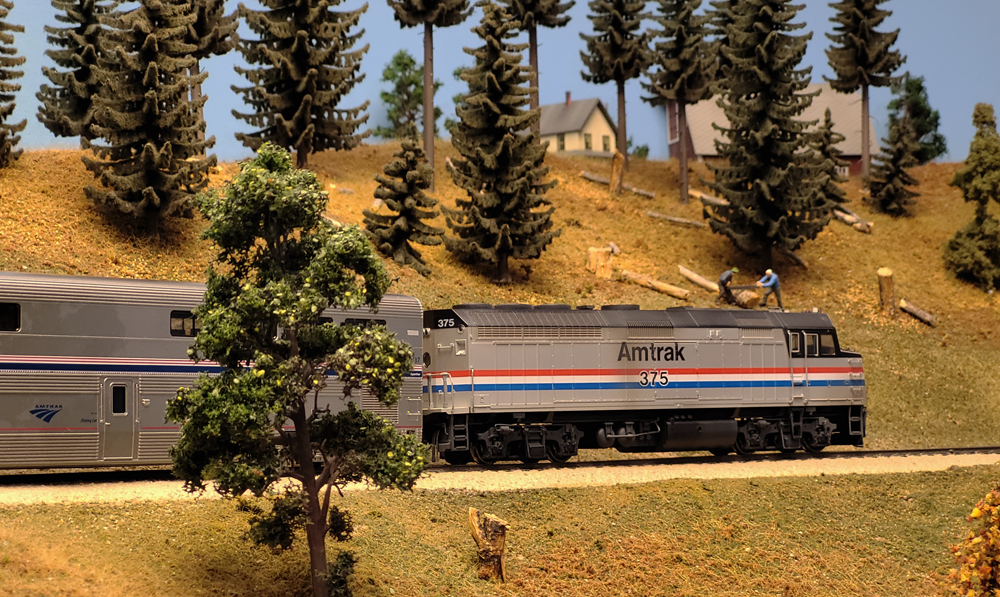
While reminiscing and revisiting my archive of photos of our dearly departed Milwaukee, Racine & Troy HO scale layout, I found myself admiring my own work. No, not my contributions to the MR&T, of which there were none, but rather my own photos, all of which were captured with my smartphone camera. For better or […]
Read More…
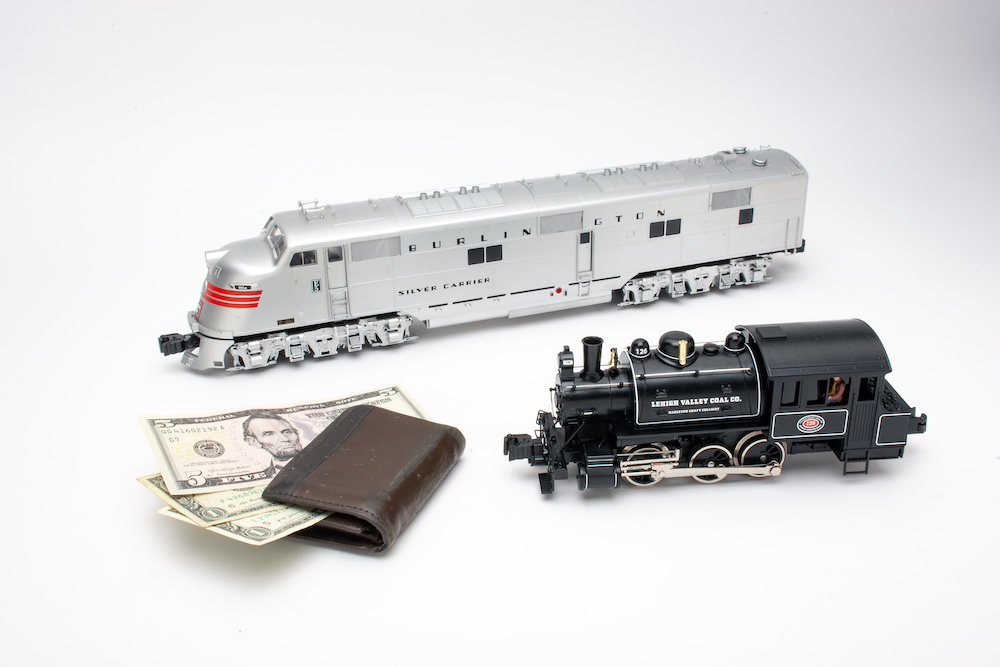
I’ll admit in preaching to the choir that O-gauge model railroading can be an expensive endeavor. Newer, higher-end scaled products that can be either preorders or recent releases can cost many hundreds to thousands of dollars. My time at the Milwaukee Lionel Railroad Club (MLRRC) in New Berlin, Wis., has garnered friendships with fellow members […]
Read More…
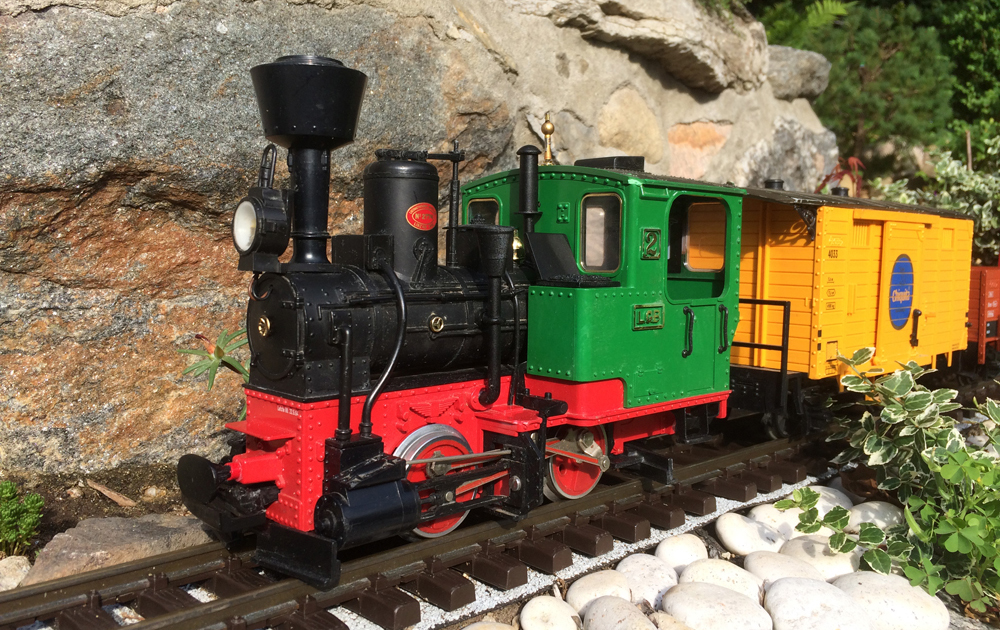
LGB’s Stainz locomotive is an icon in the large scale hobby. Not only is it instantly recognizable, it also tugs at the strings in our modeling hearts. For many garden railway fans (myself included), the Stainz was most likely their first locomotive. When I found a milk crate full of used large scale items, including […]
Read More…

If you want to fascinate visitors and draw their eyes into your layout, make your layout tell a story. Many modelers put a lot of effort into making their locomotives, track arrangements, and operating schemes as realistic as possible. But not all of us put the same amount of thought into the little plastic people […]
Read More…
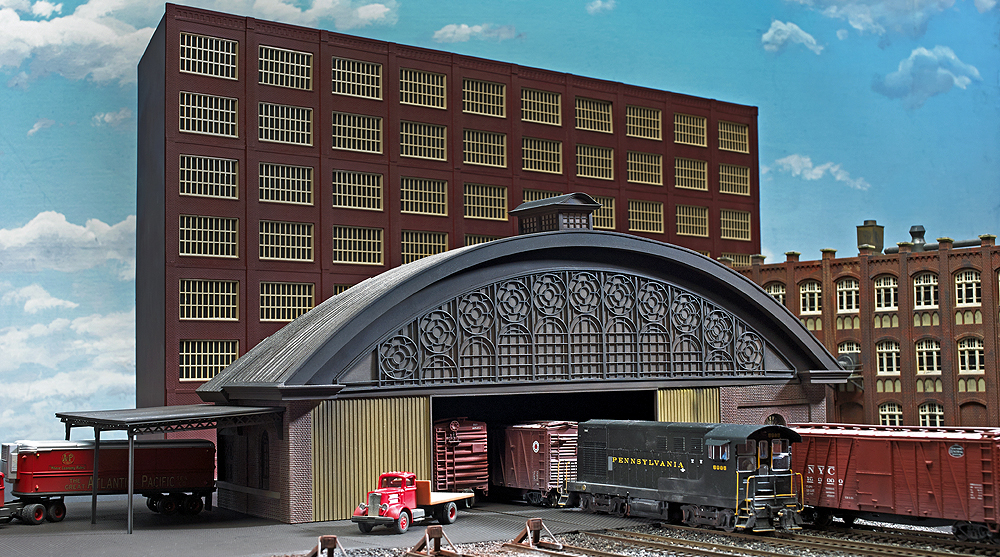
When I first started at Model Railroader in February 2014, I edited a story by Alex Marchand about how he created N scale hoppers using 3-D printing. That story was where I began to learn the basics of 3-D printing. But things have come a long way in the decade since. What was once a […]
Read More…
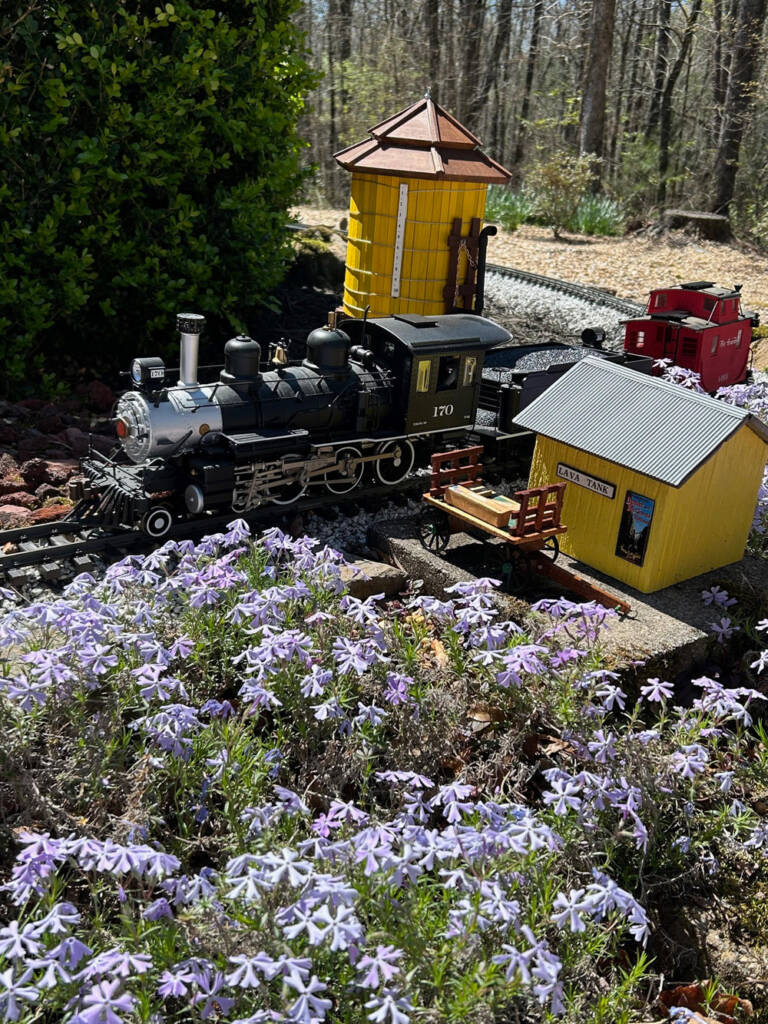
I model Colorado narrow gauge, specifically the Denver & Rio Grande Western and Rio Grande Southern. I own two separate garden railroads (not connected and about 8 feet apart). Trains run around approximately 250 feet of mainline tracks with a couple of short lines for logging and running the Galloping Goose. I can run five […]
Read More…
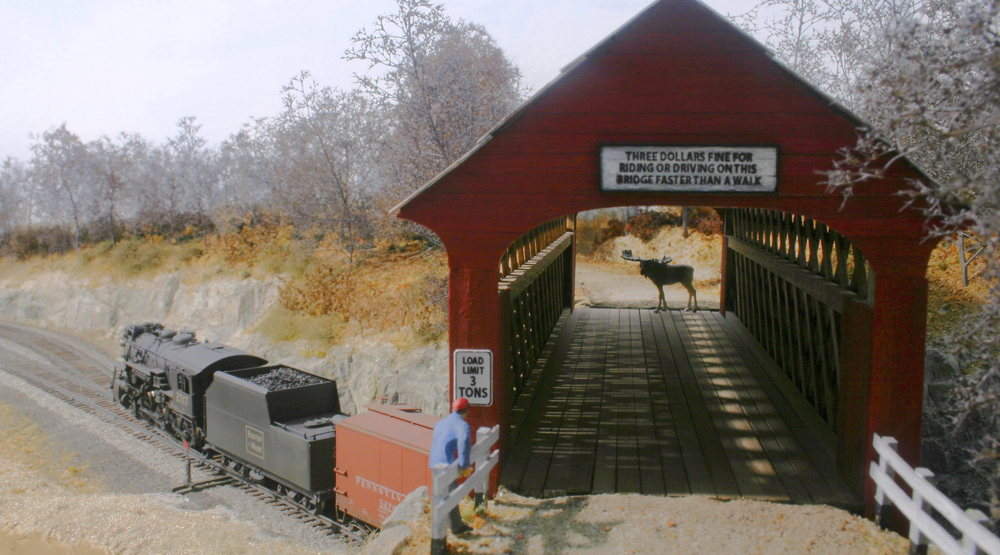
Longtime Model Railroader author and photographer Paul Dolkos passed away on August 9, 2024. You can read his obituary here. In this photo gallery, we’ll take a look back at Paul’s home layouts, as well as his photography work published throughout his 50-year association with the magazine. The staff at Model Railroader extends its sympathy […]
Read More…
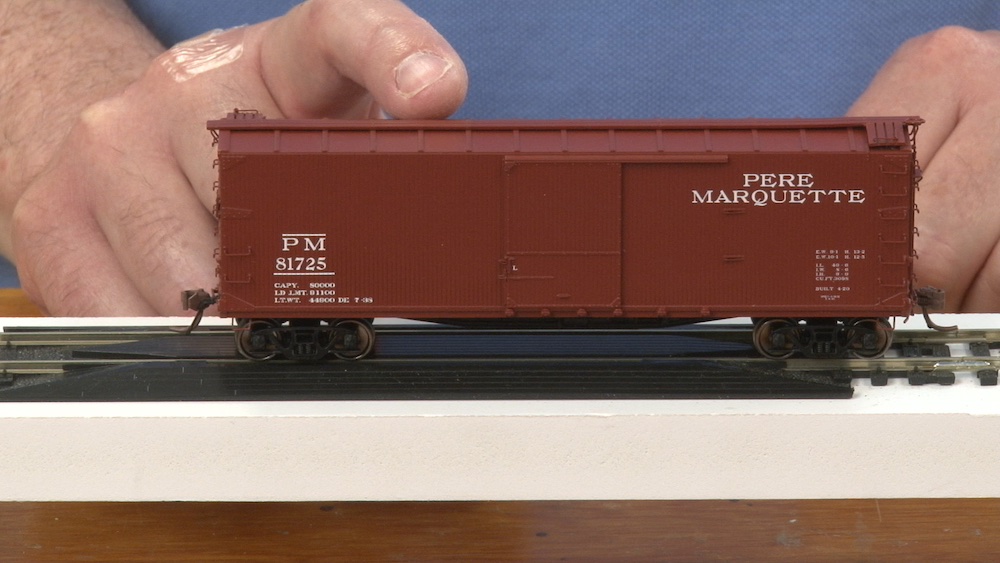
Sometimes, rolling stock needs a little fine tuning before it can be considered ready to run on a layout. One common quirk? Wobbling. Before you jump in and start making fixes, be sure to do some testing. Here’s how: With the model sitting on the track, lightly tip the body from side to side. If […]
Read More…

You might recognize my name as a restorer of Lionel trains, this having been my livelihood for more than 50 years. Some people may question my sanity in giving up “secret” painting tips that I have used for decades; I don’t mind at all. If I can make the hobby more enjoyable to my fellow […]
Read More…

In my January 3, 2022, Garden Railways article, I detailed how I used landscaping timbers as the roadbed for my garden railway. The railway was built in the summer of 2013. Now, 11 years later, after successfully operating trains without any track or roadbed problems, I’m ready to do a much-needed maintenance service of this […]
Read More…

Editor’s note: This manuscript was purchased in December 1990 for Model Railroader magazine. Over the years, it made its way around the office and finally landed in my hands last fall. Dave Ingles was a friend of mine, and with his passing and my becoming editor of CTT, it seemed fitting to finally share his […]
Read More…












